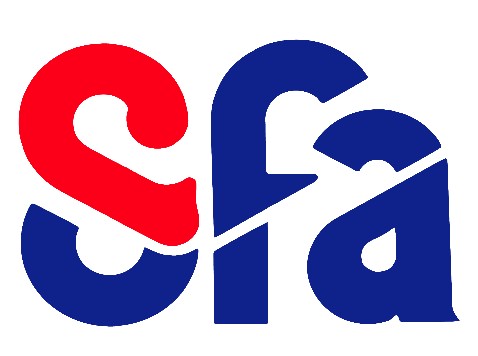Measuring Microphones : Challenges and New Solutions
Résumé
Only a small percentage of all acoustical measurements are performed in the well-defined and wellcontrolled environment of a calibration laboratory - on the contrary most acoustical measurements are done under non-controlled conditions which in many cases are not even known in beforehand. This is the reason that some acoustical standards such as the IEC 61672 series (the "Sound Level Meter standard") specify the performance of the measuring microphone over a wide range of environmental conditions. Modern quality measuring condenser microphones often meet or exceed the requirements even under very varying conditions. However the sound - field is always assumed to be known and well defined e.g. either a free or a diffuse field. Consequently one important - and unfortunately in many case major - source of error is thereby neglected namely the response of the actual microphone type in the actual sound field. The influence of different sound fields on the measurement error is discussed in some detail with practical examples and it is shown how a worst-case error exceeding 10 dB @ 20 kHz is a real risk. After a brief discussion of some condenser microphone design rules, it is shown how the use of new technology has made it possible to develop a new condenser microphone which drastically reduces the error caused by influence of an unknown sound field and varying angle of incidence.
| Origine | Accord explicite pour ce dépôt |
|---|


